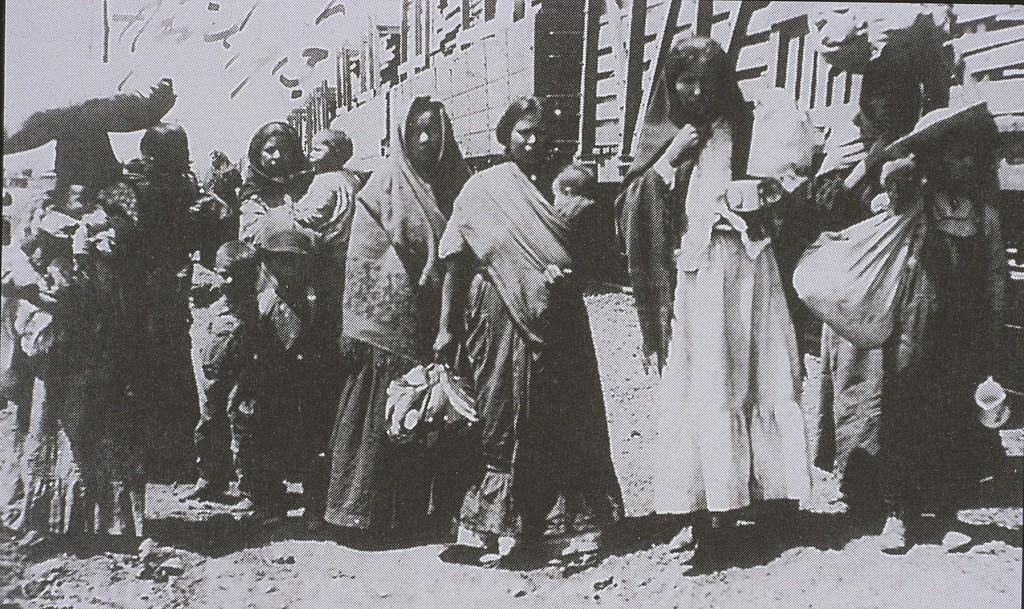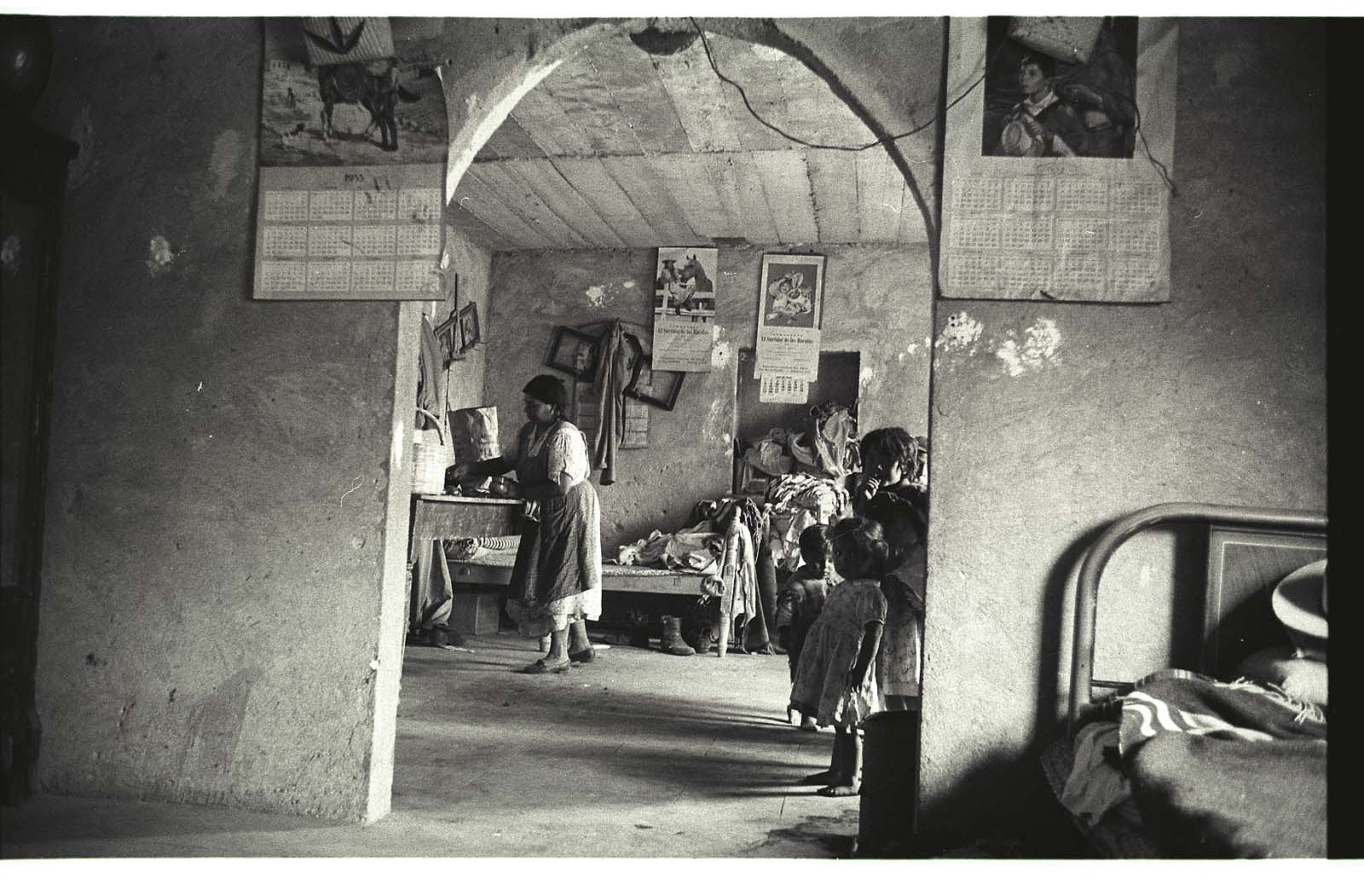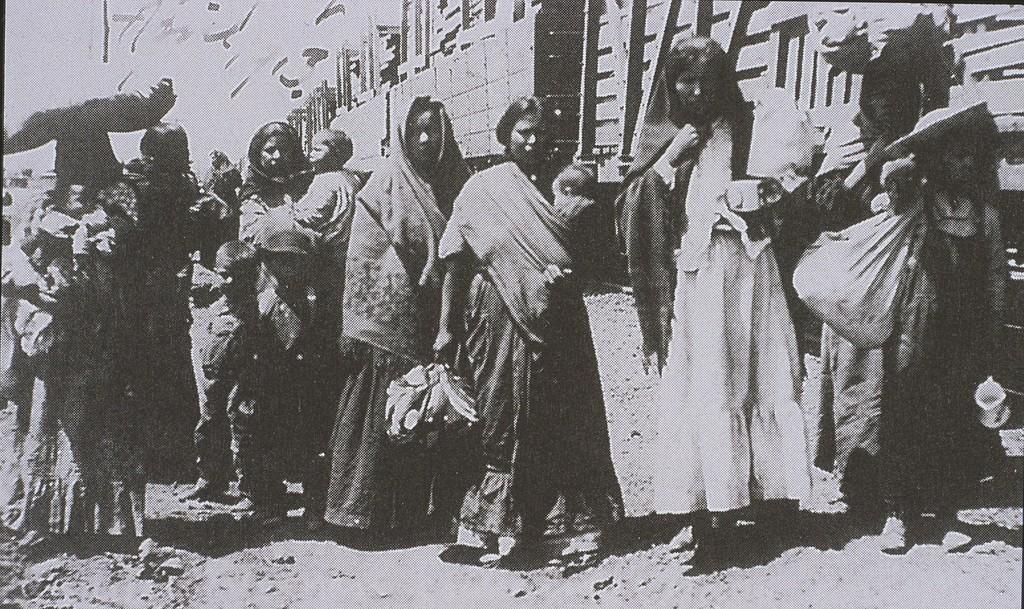The Bracero Program/Racism and Prejudice
In an effort to improve relations between the two countries, Mexico and the United States signed a joint-agreement called The Bracero Program, an initiative that allowed Mexican workers to come to the United States to fill a shortage of agricultural availability. From the early 1940's up until the mid 1960's (1942-1964), millions of workers signed contracts to fulfill low-skilled labor jobs in America, hoping to make good wages and improve the quality of life for their families. However, mistreatment, lack of comfortable accommodations, and broken promises led to the historical tragedy we know today. Human beings who placed their trust in higher government were worked within an inch of their lives and sent back to Mexico without anything resembling the experience they were promised. The Bracero Program serves as a warning about the dangers of exploited labor and foreign relations.
In regards to racism and prejudice, there is a long history of anti-immigration culture within the United States. Mexican-Americans, despite their prevalence in the United States, are still a very overlooked disadvantaged population. While many Mexican immigrants have found success in America, they have faced discrimination from both the general population and government. The Bracero Program is just one instance in a long line of injustices that have been committed against Mexican immigrants and Mexican-Americans. The United States has taken advantage of Mexico and the Mexican people historically, something that must come to an end.


